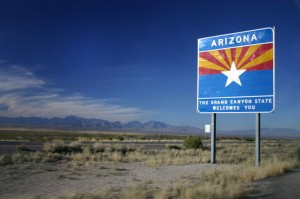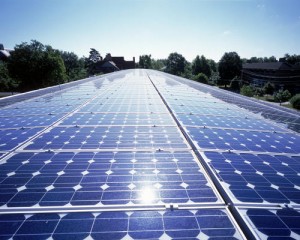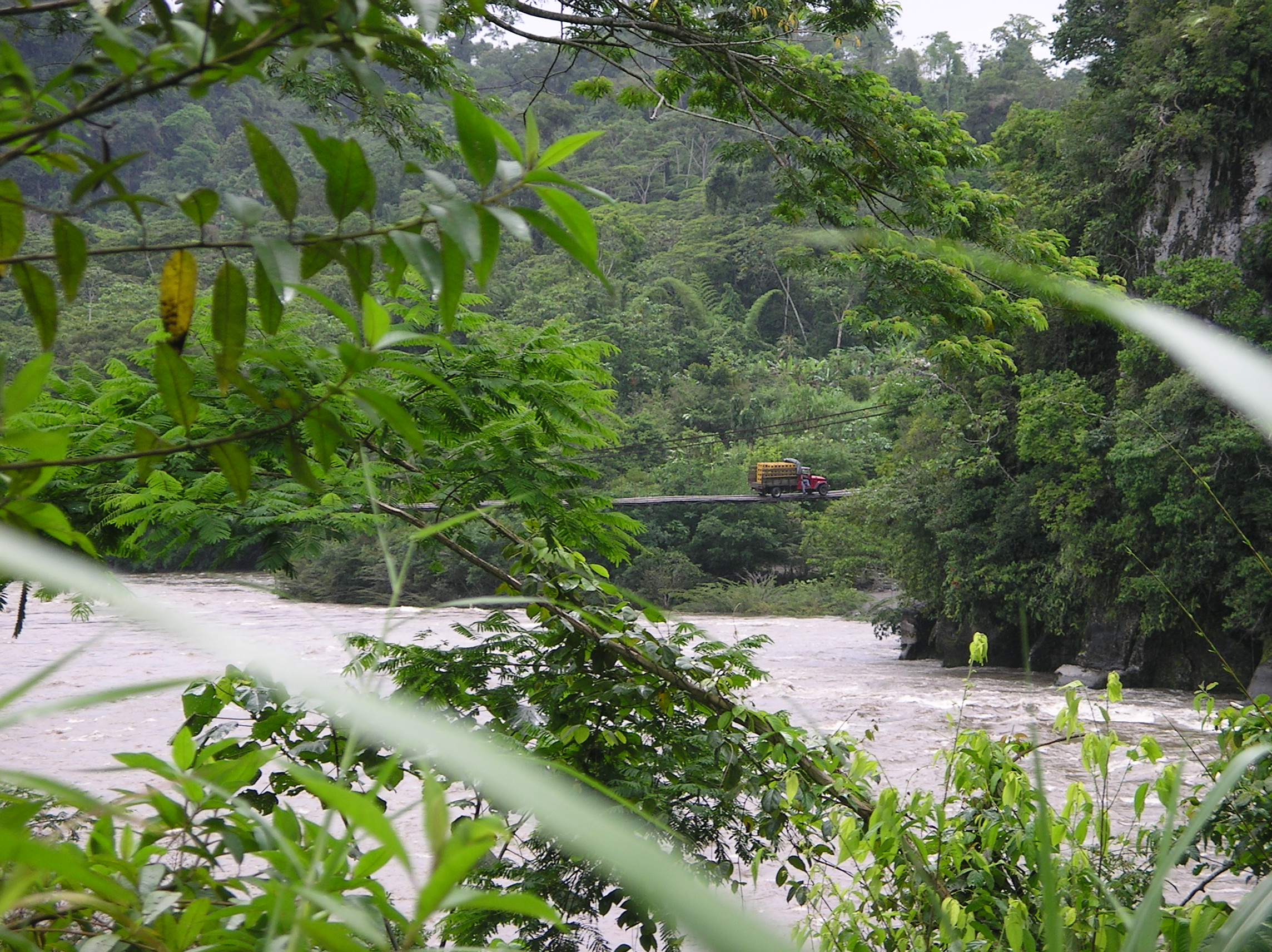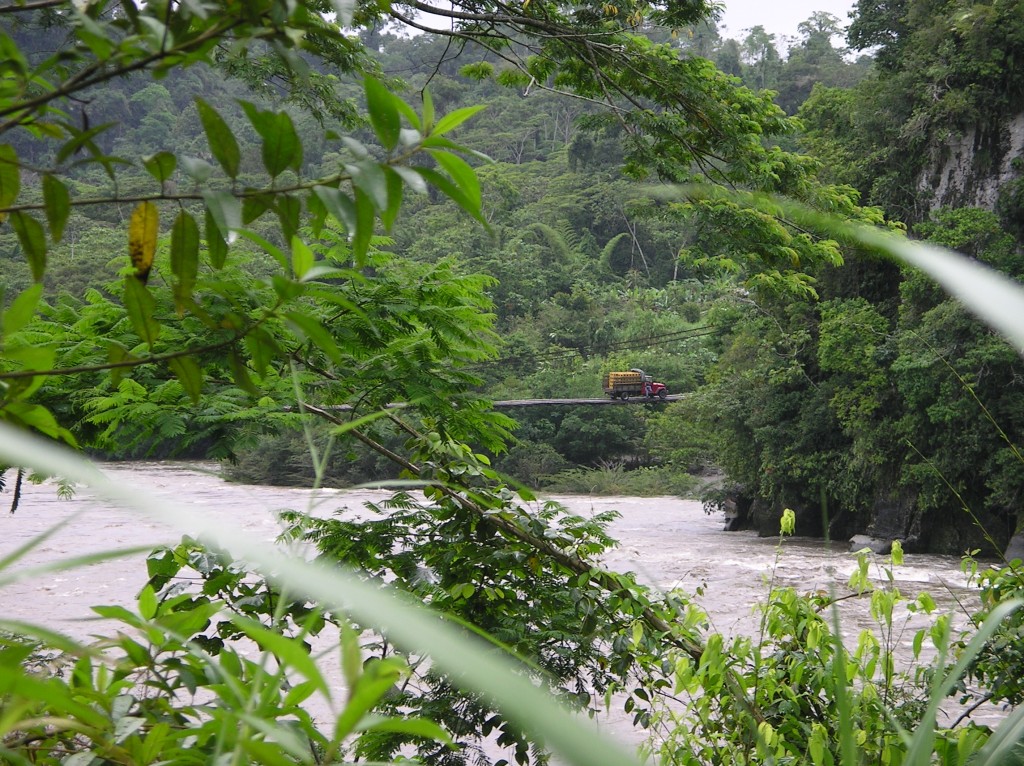Water utility governing boards serve a critical role in ensuring the provision of clean, safe drinking water. Governing boards are tasked with making important and complex decisions in line with the utility’s mission, and they ultimately serve to keep water utilities accountable to the public. One of the most important roles of a governing board is to protect the utility’s long-term financial health and sustainability. Yet water utility governing board members don’t always have a background in finance or a strong understanding of key financial issues that impact the utility.
A new series of educational videos produced by the Environmental Finance Center at UNC Chapel Hill, with support from the Water Research Foundation, offers an engaging, accessible, and easily shareable resource on financial management topics designed specifically for water utility governing boards. The Water₡lips© Video Series describes challenges faced by water utilities across the country using eye catching visualizations and easy to understand explanations of concepts that can otherwise be daunting. Continue reading









